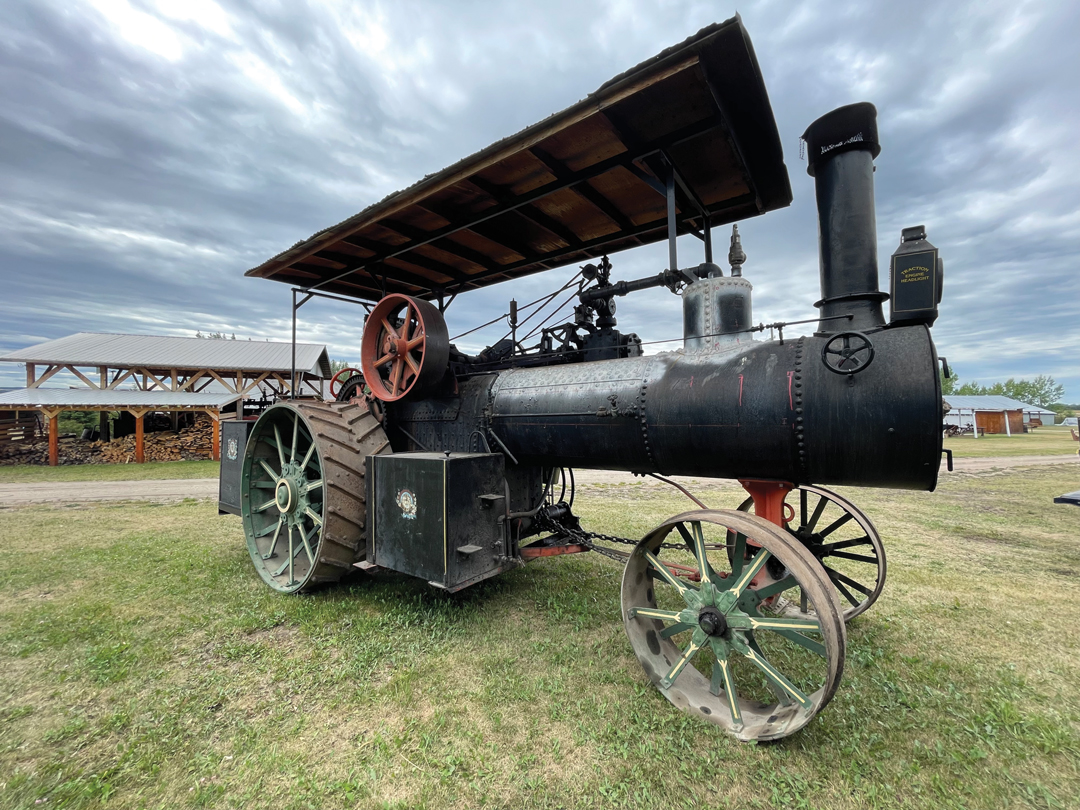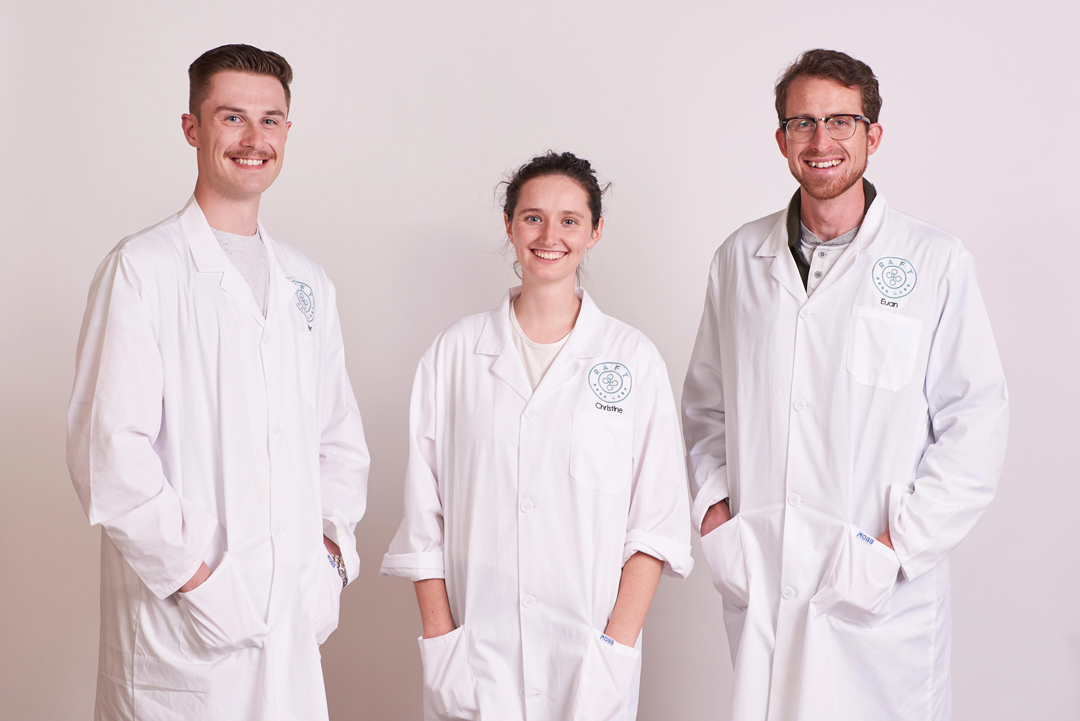FARM TECH AND TIME TRAVEL
PHOTO OF SOUTH PEACE CENTENNIAL MUSEUM WATERLOO STEAM ENGINE BY ZOLTAN VARADI
Farm life has always been shaped by the technology of the day. School tour groups at the South Peace Centennial Museum and Interpretive Centre work with tools that defined pioneer life. They come to appreciate homesteader chores as they apply a hefty flat iron to wrinkled shirts, scour wooden floors with a scrub brush, make rope from baler twine and cut firewood with a bucksaw.
It’s precisely the local history lesson envisioned by Ted and Selma MacLean who launched an annual community reunion around Ted’s steam implement collection in 1967. When the collection outgrew their farm, the MacLeans purchased the Museum’s ever-expanding current site on Highway 43 between Beaverlodge and Hythe. It is now a charitable organization funded by government, corporate donors and event revenue.
Of the Museum’s 100-plus volunteers, a team of 25 retirees doggedly restores and maintains antique implements that date between 1880 and 1970. As new donations emerge from machine sheds and garages, they are often caked with rust, dust and grease. “We shine them up and some look almost like new,” said Dorothy Lieverse, the attraction’s president. Among 60 tractors, mostly in working order, is a handful of steam powered behemoths that steal the show each summer at Pioneer Days and the Peace Country Gospel Jamboree.
They will also appear at the Harvest Festival on Sept. 10. The whistles and woodsmoke from these steamers, the golden chaff from the threshing machine and the whirring blades and fresh-cut sawdust scent of the milling equipment reproduce the atmosphere of yesteryear.
Though such machines were labour savers during their era, early farming nonetheless required intense physical labour. “If you don’t know where you’ve come from, you don’t know where you’re going,” said Lieverse. “The pioneers went through much hardship. Until you experience some of this, you don’t appreciate what you’ve got now. People should always know their local history.”
For further information, visit southpeacemuseum.com.







Comments